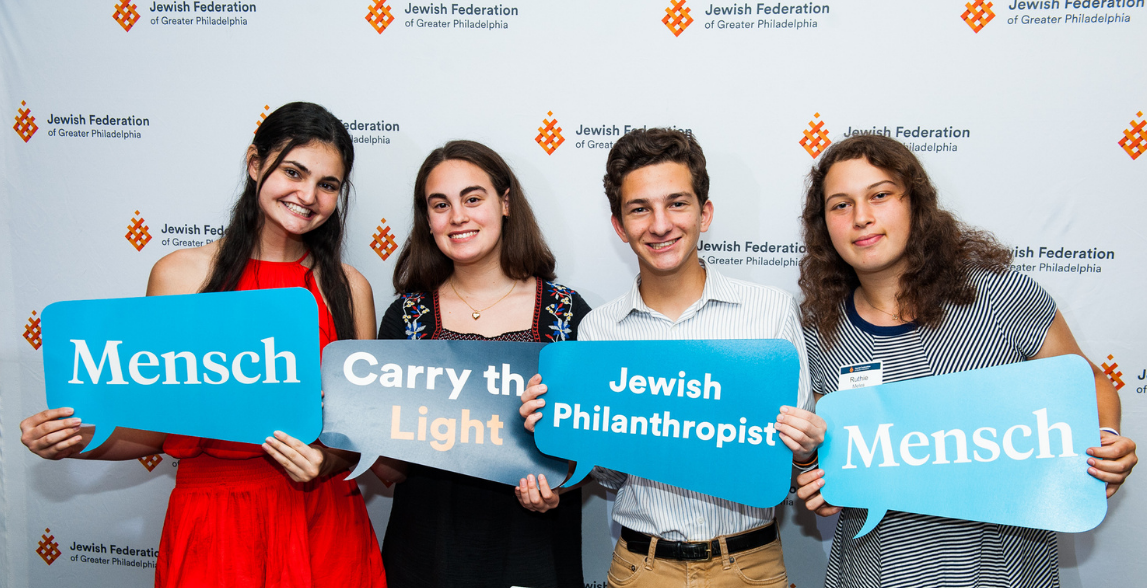Where does Authenticity fit within our Giving Experience?
By: Wayne Green
Rabbi Hillel said: “If I am not for me, who will be for me? And when I am for myself alone, what am I?” Pirkei Avot 1:14.
This text asks us to consider when to stand and act for ourselves and when to act for others. Is it being selfish if I only take care and act for myself? And who am I when I do this?
But let’s be creative. What happens when we reverse this text and ask first, “And when I am for myself alone, what am I?” “Mah ani?” When we can truly answer the question of what am I, then we are better prepared to answer and really understand the question when and how do I stand for myself and for others.
So what can we learn from the importance of being true to oneself?
The definition of authenticity is in fact being true to oneself. Authenticity weaves together the foundation of being genuine and trustworthy by representing one’s true nature or beliefs. The importance of this in engagement, in relationship building and developing an understanding of values, can lift and deepen the experience of collective givers.
The powerful process of authenticity and developing collective values in giving is not a new construct, and certainly not a concept unfamiliar to the ways in which teens are encouraged to learn and experience giving. In Jewish teen philanthropy programs, the importance of allowing teens to be their authentic selves, navigating their complexities and personal values provides an experience that builds their confidence and engagement.
